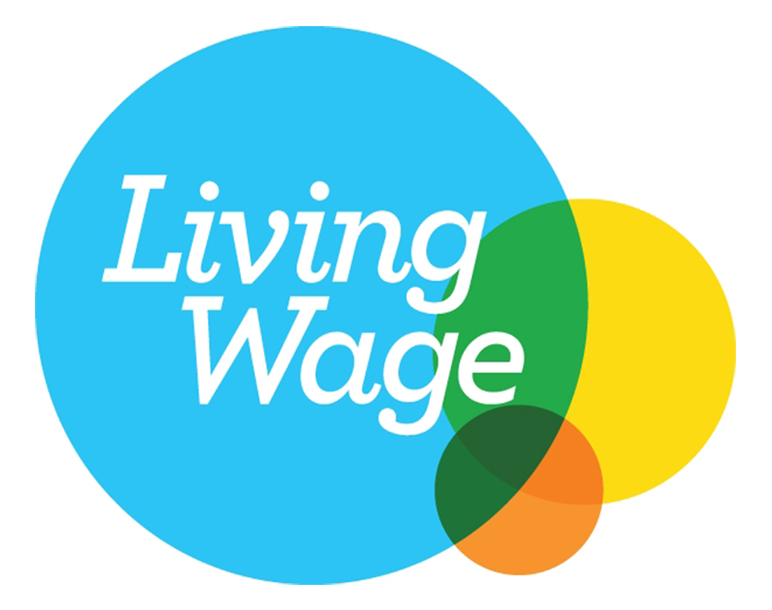In an article, back in 2017, the Project Management Institute did a survey of it's members and it found that 14 percent of projects fail completely. However, that number only represents the total failures. Of the projects that didn’t fail outright, 31 percent didn’t meet their goals, 43 percent exceeded their initial budgets, and 49 percent were late.
If you are interested the full report can be found here: PMI Report
So why does this happen, and why is the Charity Sector at even more risk of this?
Well, we all know that money, time and resources are very limited within the sector and failures just aren't an option. If you make the wrong decision or it fails, that money is gone and then it makes the next project even harder to get of the ground. So here are some of the reasons we have found that cause issues when implementing websites and CRMs.
Unclear Objectives
There’s nothing worse than setting off on a trip without a destination. Spend an hour with the your project team at the start to define your project goals. You do have a project team right, it's not just the volunteer is it? Document your North Star—the one thing that must come out of this project. Any competing priorities that pop up throughout the project must be aligned with this outcome. Read it out loud at the start of your project meetings occasionally to keep everyone focused on the same end. If something big comes up that might need to be accommodated, frame your decision-making with the North Star in mind. Then using MoSCoW method you can build up what the requirements are that work towards that project goal. M - Must have, S - Should have, C - Could have, W - Won't have.
The W, won't haves, is one that is missed off a lot but it is really important to manage everyone's expectations and to know what isn't included in the project right from the start.
Lack of Leadership
Too often, technology projects are deemed “IT” or marketing projects and relegated to the that department, regardless of what the project actually is. But for any project to work, it needs strong leadership from the top down. If a project doesn’t have buy in and support from the leadership team as well as specific department leaders, it’s hard to get employees on board and hard to know who is in charge when leadership questions arise.
Lack of Regular Communication
Radio silence is the bane of technology projects. It’s been four weeks, and no one has heard from Ms/Mr. XYZ. What’s going on? Are we on track? We’ve found that no news is generally not good news, so it’s key to decide early on how often you’ll be giving and receiving updates on status. At bare minimum, you should be meeting every other week with the project team and reviewing progress. Decide how you’ll communicate between meetings—will you use a shared place to store documents, project management software? More is always better when it comes to communication. This is especially hard when so many people in the sector work part time. Try to ensure that the project lead is available across working patterns and isn't the temp working two days a week that never sees the rest of the team.
The Team Is Over Capacity
Let’s imagine that you have a typical nonprofit full-time job, and you wear many hats. Most weeks, it’s a struggle to get to most things on your list. Along comes a sizeable technology project that will take 8 to 10 hours every week for the next few months. There’s only one solution to this problem, and it’s meeting with your boss. Make a draft plan for your workweek through the tech project lifecycle (what tasks you think you can still do, and what should get bumped—even if there is no one to give it to). Collaborate with your supervisor to come up with a way to get through it without burning out
Unrealistic Timelines
If we could implement technology solutions as quickly and easily as we shop online, life would be great. Sadly this is only a fantasy. It takes time to plan, execute and test new software, websites, platforms and apps. Technical projects should be planned as though you were on a brisk walk—you don’t want to run as though your life depended on it (and you don’t want to go so slowly that you never gain momentum). To set your project up for success, avoid the temptation to think optimistically! A typical CRM can take around 3 months to get all the meetings in place, developer sprints organised and the system launched even if you think you have the most basic workflows. Websites are even more challenging as the look and feel are so subjective it takes a lot of back and forth to get things looking the way you want.
You are not the only client
All providers will have other projects on the go at the same time, if you delay something by a week it might be weeks before your work can be worked back into their schedule. So any delays can be very costly.
Our partner company has created a simple guide to implementing a CRM for you to takeaway and use:
CRM Implementation Guide
Even if you are doing all of the above the unexpected can still happen, like a Global Pandemic that changes the charities priorities overnight. Hopefully though, this should minimise the risk of project failures and give you a better chance of having a succesful outcome.








